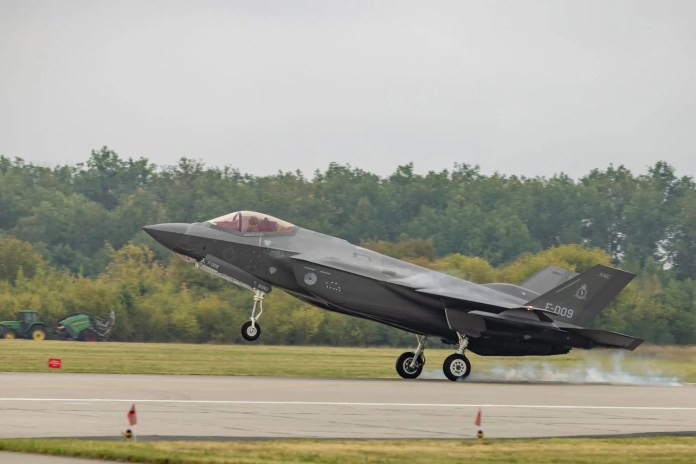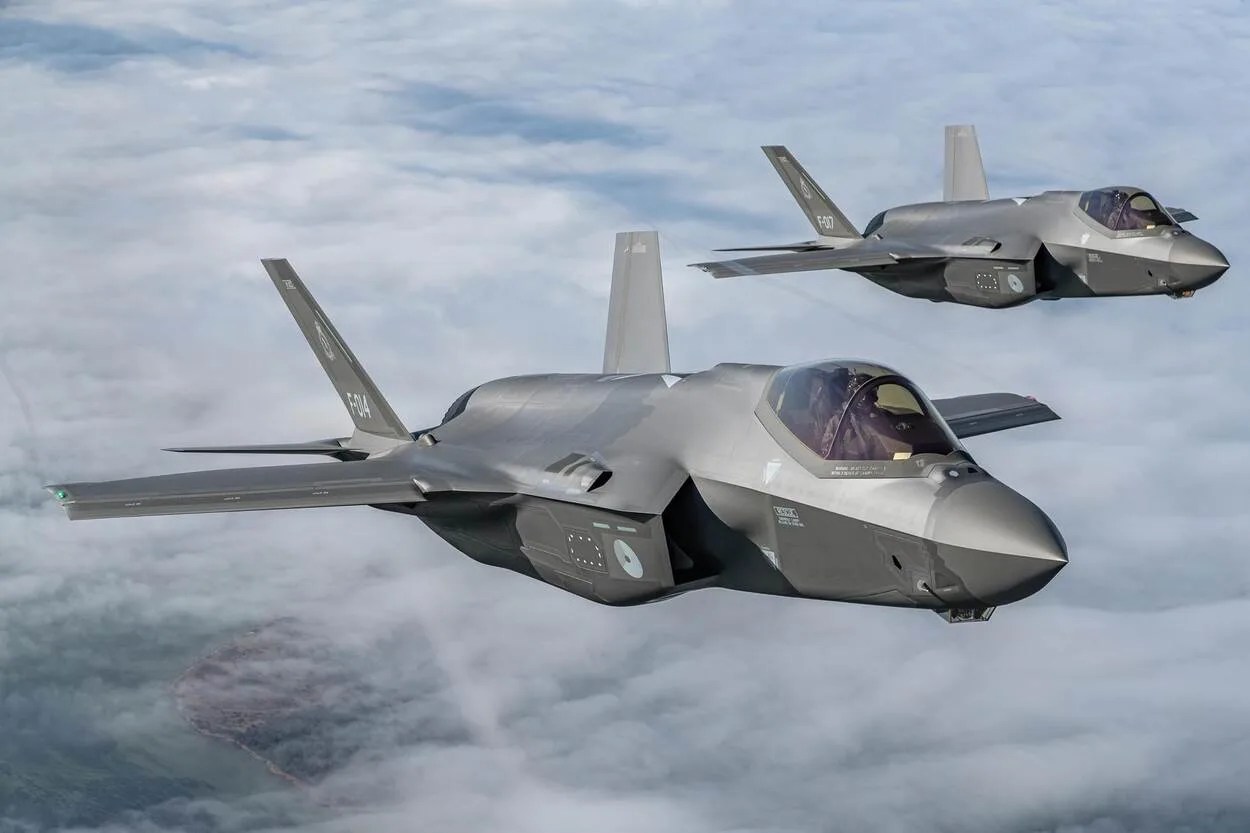As part of its annual advanced training program and within the framework of NATO’s collective defense activities, the Royal Netherlands Air Force (RNLAF) has confirmed the deployment of twelve Lockheed Martin F-35A Lightning II stealth fighters to the United States. The aircraft will operate from Mountain Home Air Force Base in Idaho (U.S.), where a demanding three-week exercise will take place, aimed at enhancing personnel capabilities in air defense and ground attack missions.
The training, conducted as part of NATO’s transatlantic cooperation schedule, seeks to optimize the operational capacity of the Dutch F-35As through simulated combat scenarios requiring precision, coordination, and rapid response to complex threats. During the maneuvers, pilots will practice the effective use of the F-35’s integrated weapon systems, performing strike and precision bombing exercises under realistic conditions. They will also face a simulated aggressor force replicating electronic interference and aerial attacks, requiring evasive maneuvers at low altitude.

The deployment also includes four Airbus A330 MRTT tanker aircraft accompanying the F-35As on their transatlantic journey. These aircraft belong to NATO’s Multinational Multi Role Tanker Transport Unit (MMU), based in Eindhoven (Netherlands), and have already completed a technical stopover in the Azores (Portugal) before continuing to Idaho. Their participation is essential to ensure the operational autonomy and flight continuity of the F-35s during the transfer and exercises in U.S. territory.
The choice of Mountain Home Air Force Base as the exercise location stems from the limited Dutch airspace available for live-fire and large-scale operations. In the United States, the RNLAF benefits from broader airspace, modern infrastructure, and ideal conditions for complex defense and attack maneuvers. The base is frequently used by various NATO allied forces for joint training programs aimed at improving interoperability and multinational tactical proficiency.

In addition to the exercise in Idaho, the Royal Netherlands Air Force continues to promote technological development and combat systems integration. Recently, at Leeuwarden Air Base (Netherlands), it successfully conducted a real-time data exchange test between F-35s and the national Keystone command system during the multinational exercise Ramstein Flag. This advancement strengthens the force’s command, control, and situational awareness capabilities, aligning them with NATO’s most advanced operational standards.
With this deployment, the Netherlands reaffirms its commitment to collective security and shared defense within NATO. The participation of its F-35A stealth fighters in high-complexity exercises contributes not only to the training and readiness of its personnel but also to strengthening military cooperation with European and North American allies, consolidating an integrated response to emerging threats within the Alliance’s airspace.
Images used for illustrative purposes.
You may also like: The German and Dutch Armies order the purchase of 222 new 8×8 IFV Schakal armored vehicles
